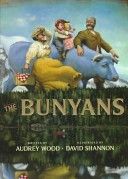
Paul Bunyan, his wife, and their children do some ordinary things which result in the formation of Niagara Falls, Bryce Canyon, and other natural monuments.
Materials from United States of America

Paul Bunyan, his wife, and their children do some ordinary things which result in the formation of Niagara Falls, Bryce Canyon, and other natural monuments.
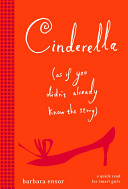
In this updated version of the Cinderella story, Cinderella writes letters to her dead mother apologizing for not being more assertive, which she remedies soon after marrying the prince. Readers will delight in following Cinderella through all the usual happenings, presented in a most unusual way. And they’ll finally see what becomes of her after she marries the prince. So maybe you should hear the story one last time. Because it’s actually way different than you might have thought. Kids who have outgrown picture books and are ready for something longer – but still love illustrated texts – will gravitate toward this Cinderella. Black-and-white silhouettes of everything from the ugly stepsisters to Cinderella’s slipper (actual size) are intermingled with Cinderella’s letters to her recently deceased mother in this totally original package, written and illustrated by an exciting newcomer to children’s books.
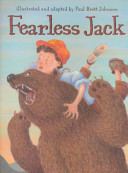
In this Appalachian folktale, Jack wins fame and fortune after killing ten jellow jackets with one whack.
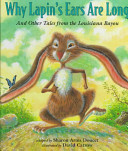
Three tales of Compere Lapin who practices his tricks among the Creoles and the Cajuns of the Louisiana bayou.
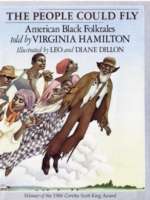
Retold Afro-American folktales of animals, fantasy, the supernatural, and desire for freedom, born of the sorrow of the slaves, but passed on in hope.
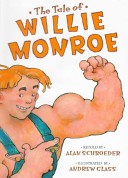
An adaptation, set in the American South, of an old Japanese folktale in which a powerful wrestler who hopes to win the Emperor’s Wrestling Match encounters three exceptionally strong women who train him for success.

Prom fever has infected LA especially Cindys two annoying stepsisters, and her overly Botoxed stepmother. Cindy seems to be the only one immune to it all. But her anti-prom letter in the school newspaper does more to turn Cindy into Queen of the Freaks than close the gap between the popular kids and the rest of the students. Everyone thinks shes committed social suicide, except for her two best friends, the yoga goddess India and John Hughes worshipping Malcolm, and shockingly, the most popular senior at Castle Heights High and Cindys crush, Adam Silver. Suddenly Cindy starts to think that maybe her social life could have a happily ever after. But there’s still the rest of the school to deal with. With a little bit of help from an unexpected source and a fabulous pair of heels, Cindy realizes that she still has a chance at a happily ever after.
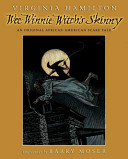
James Lee and Uncle Big Anthony become victims of Wee Winnie Witch, who takes them on a ride up into the sky, but Mama Granny saves them.
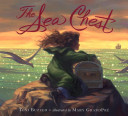
A young girl listens as her great-aunt, a lighthouse keeper’s daughter, tells of her childhood living on a Maine island, and of the infant that washed ashore after a storm.
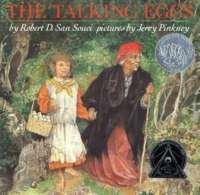
A Southern folktale in which kind Blanche, following the instructions of an old witch, gains riches, while her greedy sister makes fun of the old woman and is duly rewarded.